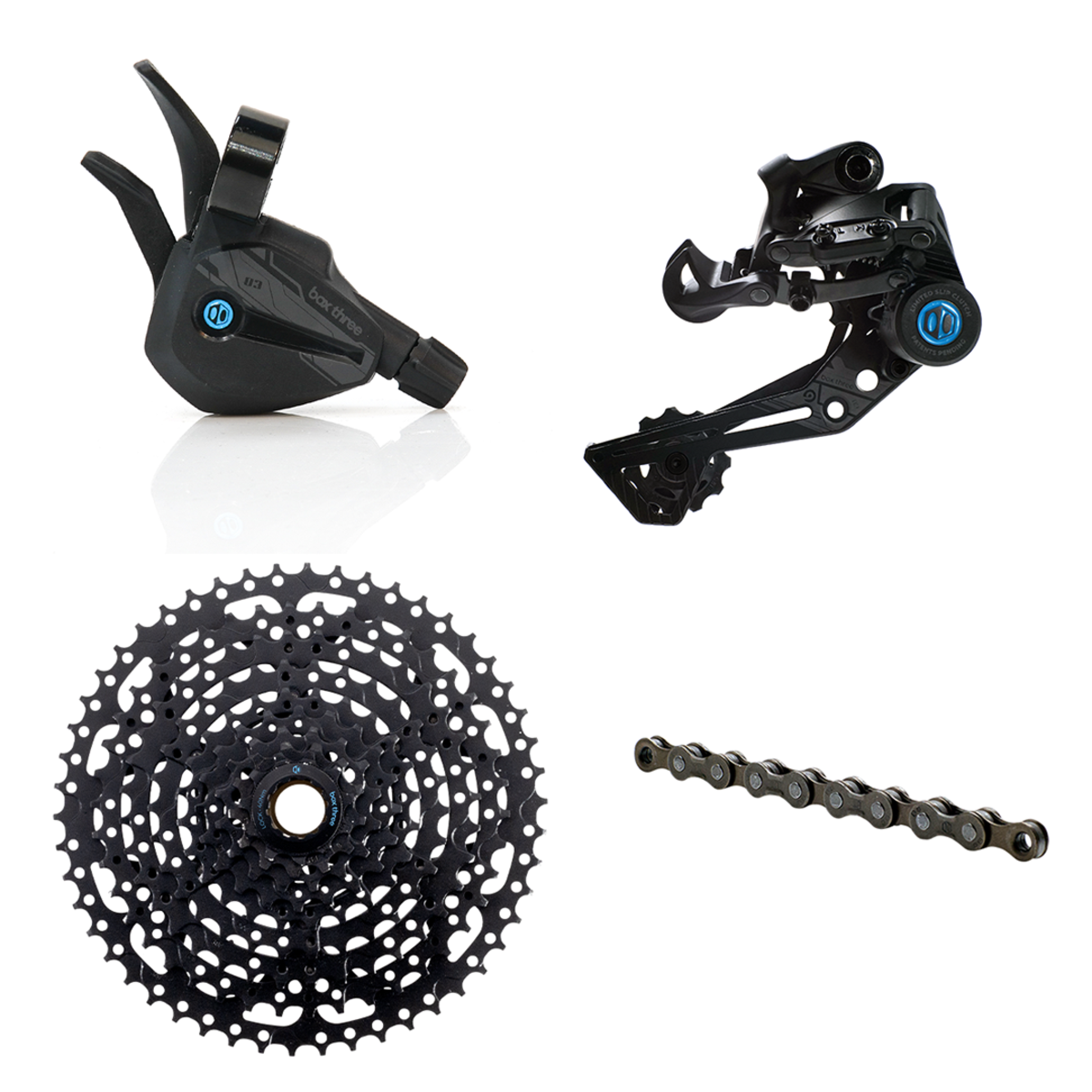SpartyOn11
Member
- Region
- USA
I came across the Box Prime E-Bike cassette groups. They are 12-50 with a range of 12-14-16-18-22-28-34-42-50. They add one tooth to gears 1-3 over other cassettes. What is the point of this? What does adding a tooth do for the gearing? Is there a benefit?






